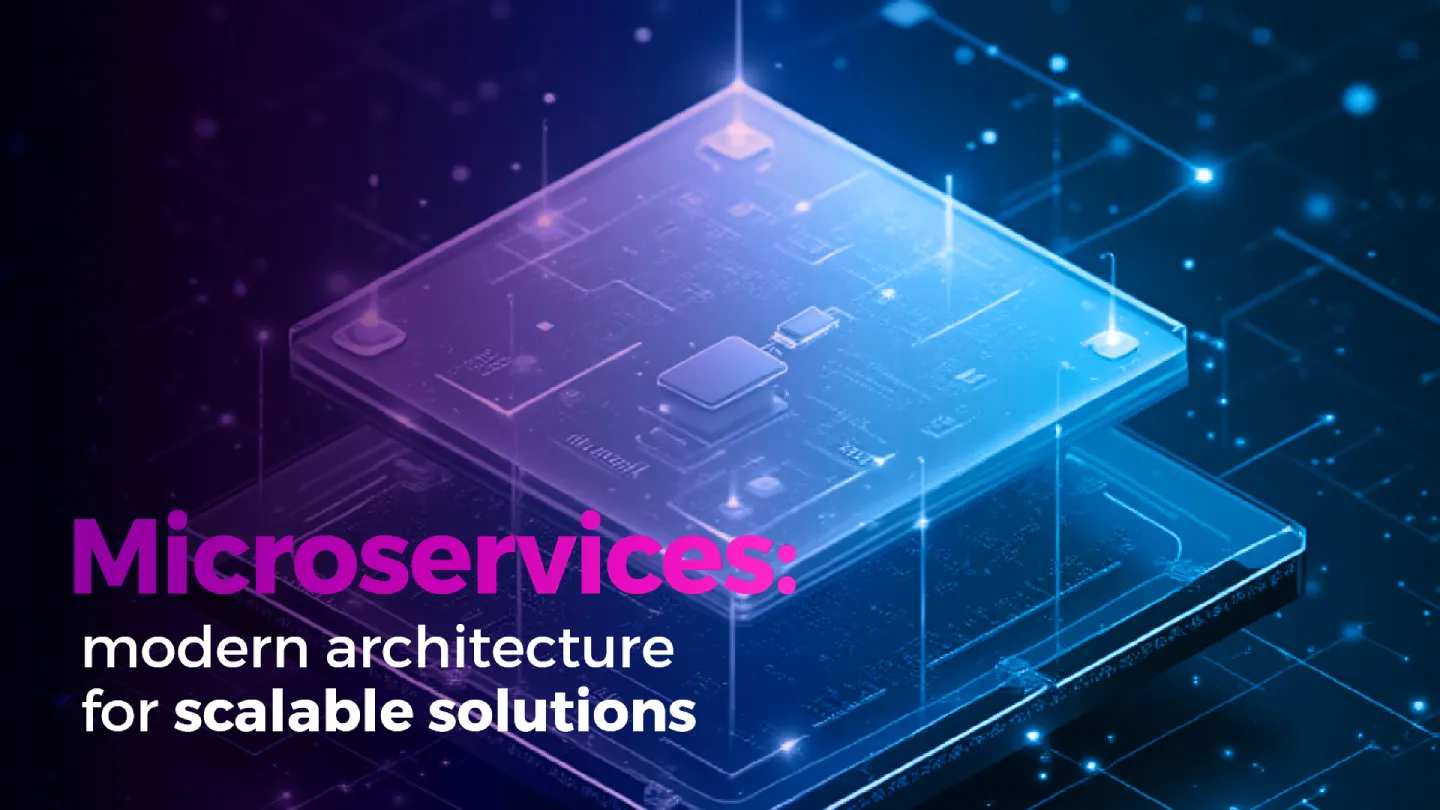Microservices architecture has emerged as a fundamental paradigm in modern software development, offering flexibility, scalability, and resilience compared to traditional monolithic approaches.
Based on the decomposition of applications into independent, autonomously operating services, this architecture enables organizations like Amazon, Netflix, and Uber to optimize their development processes, reduce costs, and respond agilely to changing demands.
Let’s explore its fundamental principles, comparative advantages, inherent challenges, and practical apps in complex enterprise environments.
What’s the Microservices Approach Like?
Microservices represent an architectural approach that structures an application as a collection of independent services, each responsible for a specific business function.
Unlike monolithic systems, where all components are interconnected, microservices operate in isolation, communicating via well-defined APIs. This intrinsic modularity facilitates selective scalability, allowing computational resources to be dynamically allocated to services under high demand without affecting the overall system’s operation.
Each microservice has its own development lifecycle, from coding to deployment, which enables multidisciplinary teams to work in parallel without dependency conflicts.
For example, on an e-commerce platform, services like user management, product catalog, and payment processing can evolve independently, using languages and technologies optimized for their respective workloads.
Key Structural Components
The effectiveness of this architecture lies in its decentralized design. A typical service includes:
- API Gateway: Acts as a single entry point, managing requests and routing them to the corresponding microservices.
- Decentralized Databases: Each service manages its own storage, preventing coupling and bottlenecks in data access.
- Messaging Systems: Protocols like HTTP/REST or tools such as Kafka facilitate asynchronous communication between services, ensuring eventual consistency in distributed operations.
This structure not only improves fault tolerance—as an error in one service doesn’t propagate its impact—but also simplifies monitoring and debugging through distributed logs.
Competitive Advantages Over Monolithic Architectures
The microservices approach is the standard for developing software infrastructure for several reasons. Its modularity, development and deployment speed, and optimization of operational costs are some of its most persuasive advantages.
Agility in Development and Deployment
In monolithic environments, any modification requires recompiling and deploying the entire application, leading to regression risks and prolonged downtime. Microservices eliminate this limitation by allowing incremental updates. Netflix, for example, performs thousands of deployments daily on its platform thanks to this capability, maintaining 99.99% availability.
Technological independence is another critical differentiator. Teams can select the optimal stack for each service: an image processing microservice could use Python with TensorFlow, while another for real-time transactions might employ Golang for its concurrency efficiency.
Optimization of Operational Costs
Granular scalability allows resources to be allocated precisely where needed. During events like Black Friday, a retailer can horizontally scale their shopping cart service without over-provisioning servers for other less demanded components.
Studies indicate that this efficiency reduces infrastructure costs by 50-70% compared to monolithic solutions.
Resilience and Fault Isolation
The compartmentalization inherent in microservices limits the impact radius of any failure. When AWS experienced an outage in its S3 service in 2017, systems built with microservices like Airbnb were able to maintain critical functionalities by isolating components dependent on the affected service.
Challenges and Practical Considerations
While microservices offer many infrastructure-level advantages, migrating from a monolithic approach involves significant challenges that need to be studied in detail. Here are just two.
Complexity in Distributed Management
Decentralization brings operational challenges. A system with 300 microservices, as found in some financial environments, requires orchestrating complex communication networks and ensuring transactional consistency. Solutions like sagas—sequences of compensable transactions—mitigate these problems but introduce design overhead.
Observability becomes critical. Implementing a centralized logging and distributed tracing system is essential for diagnosing incidents that span multiple services.
Organizational Considerations
The transition to microservices demands cultural changes. Spotify popularized the «Squads» model—cross-functional teams owning specific services—requiring maturity in DevOps practices and CI/CD automation.
The initial investment in tools and training can be substantial, mainly justified in organizations with complex applications and high growth.
Success Stories and Industrial Applications
Let’s now look at some situations where the microservices approach represented a genuine leap forward for organizations that decided to bet on it.
Amazon and DevOps Transformation
Amazon migrated to microservices in 2001, reducing deployment times from months to minutes. Its current architecture supports 100 million operations/day on AWS, with two-pizza teams (8-10 people) managing independent services.
Global Payment Systems
PayPal adopted microservices to handle 4,000 transactions/second, achieving 99.999% availability. Its fraud detection service, implemented as a microservice with machine learning, reduced false positives by 15% annually.
Microservices architecture offers transformative advantages in scalability, development speed, and operational resilience. However, its successful adoption requires a detailed evaluation of existing complexity and potential benefits; investment in test automation, monitoring, and orchestration; as well as an alignment of organizational structures with principles of ownership and autonomy.
The evolution towards serverless architectures and service meshes promises to amplify these advantages, integrating operational intelligence directly into the infrastructure. As leading cases demonstrate, microservices are not just a technological trend, but a strategic pillar for sustainable innovation in the digital age.
